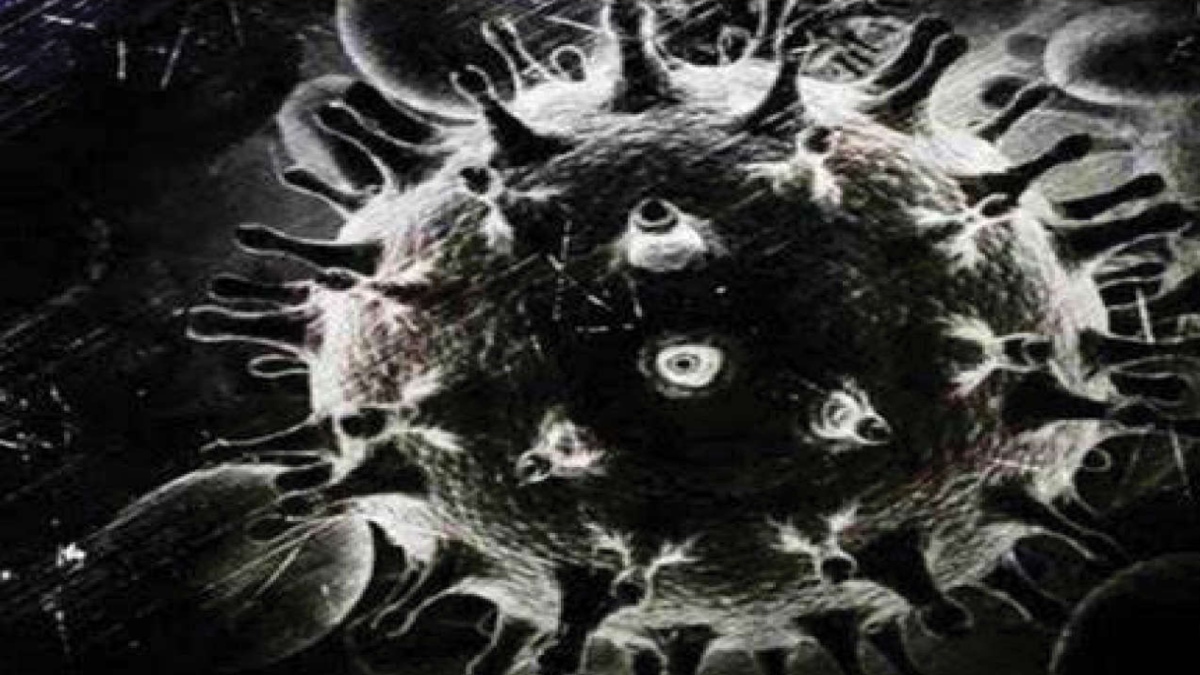


After Gujarat declared the outbreak of mucormycosis an epidemic, it has come to light that the 5,800 injections to treat the fungal infection allotted by the Central government for the state has not reached the hospitals.
The highest number of mucormycosis or black fungus cases has been found in Gujarat and more than 500 cases have been reported in Ahmedabad alone. However, relatives of patients in the city, who are rushing from one hospital to another to find Amphotericin B injections required to treat it, are returning empty-handed as the injections have not been delivered to the hospitals by the state government yet.
A board outside the Ahmedabad Municipal Corporation-run LG Hospital in Maninagar states that Inj. Liposomal Amphotericin B is to be obtained from the Hospital, but at present the quantity cannot be given if it is not made available by the government. The hospital says that it will provide the injections to representatives in private hospitals once it receives the injections.
This situation has raised questions about how citizens can obtain accurate information on getting the government-allocated injections and why hospitals do not have injections to provide.
At the Civil Hospital in Ahmedabad, 20 new patients of black fungus are being admitted to Civil Hospital every day and one patient is succumbing to the infection each day. More than 30 patients have died so far. In the last month and a half, more than 120 patients have had to have their teeth and jaws removed, and ten patients have lost their eyes. Across the state, more than 185 patients have had their eyes removed in civil and private hospitals.
Additional Superintendent of Civil Hospital Dr Rakesh Joshi said that the first case of mucormycosis was reported around April 15. “As many as 62-64 patients were admitted and a separate ward was started from May 7. There are currently 371 in eight wards in Civil as well as 60 in two other wards, with a total of 431 patients under treatment. There has been a general decline in the number of patients, but new wards will be started if the number of patients increases.”
So far, 1 percent of hospitalised patients have had their eyes removed and 4 to 5 percent have had their teeth and jaws removed. In 2 to 5 percent of the cases, the fungus has infected the patient’s eyes and brain and caused paralysis.